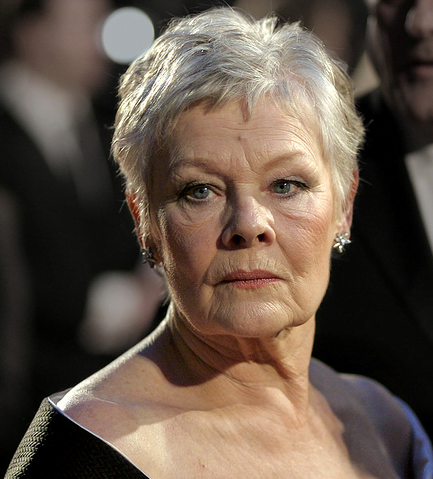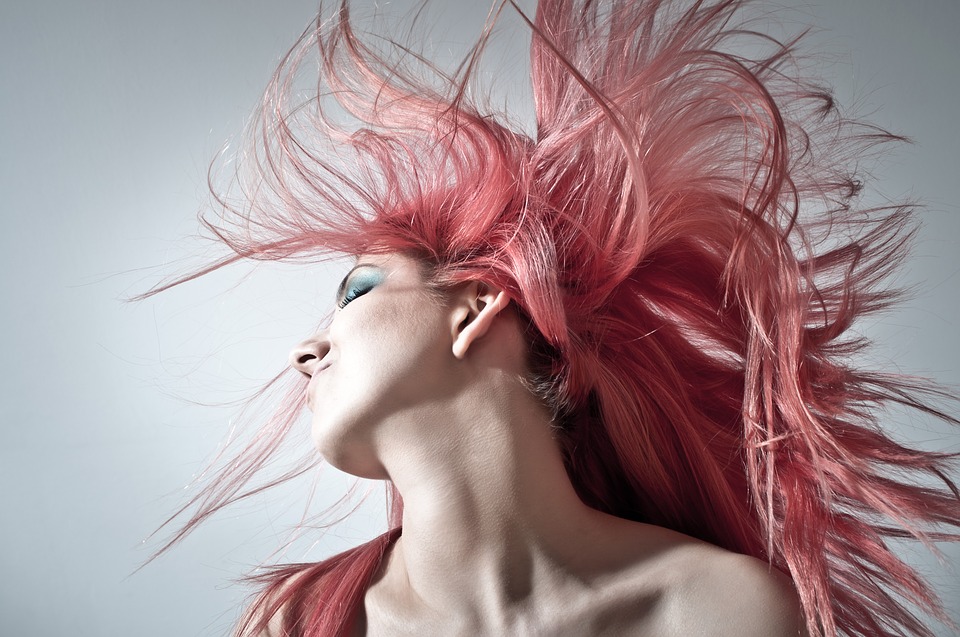 Hairdressing Vocabulary
Hairdressing Vocabulary
Hairdressing vocabulary can be confusing for non-native speakers. From different cuts and styles to the equipment used and finishing products, getting the right haircut can be a confusing business.
We have collected some of the most common hairdressing vocabulary and phrases to help you when you visit the hair salon or barbershop in an English-speaking country.
Also, check out our guide to beauty salon vocabulary for useful words and phrases related to beauty treatments, tanning, nails and make up.
Vocabulary for hairdressing
Hairdresser, stylist, barber (the professionals who cut your hair)
Hairdressing salon, the barber’s / barber shop (the barber’s is traditionally for men)
Haircut, cut, trim, blowdry, wash, towel dry, dry trim, wet trim, highlights, lowlights, relaxed, straightened, razor cut
Shampoo (product that cleans your hair)
Conditioner (product applied after shampoo – conditioner softens hair and makes it more manageable)
Deep heat/conditioning treatment
Hair dye (to change the colour of your hair)
Hair styling products:
- Hairdryer, straighteners, curling tongs, curling irons
- Scissors, clippers, trimmers, razor
- Gel, mousse, wax, cream, hair lacquer, hair spray
- Hair clips, hair slides
Men’s hairdressing vocabulary
A hair salon specifically for men is called a barber’s or a barber’s shop. For very short hair cut that is cut with an electric razor, a grading system is used to determine the length of the hair:
- Grade 1 (3mm)
- Grade 2 (6mm)
- Grade 3 (9mm)
- Grade 4 (12mm)
- Buzz cut – hair that is cut short all over using electric clippers, usually very short like in the army, usually a ‘grade 1’
- Undercut – the top hair section is left much longer than the hair underneath, creating an overhang effect
- Tapered – hair that fades gradually from one length to another, longer on top and tapered down the sides and back
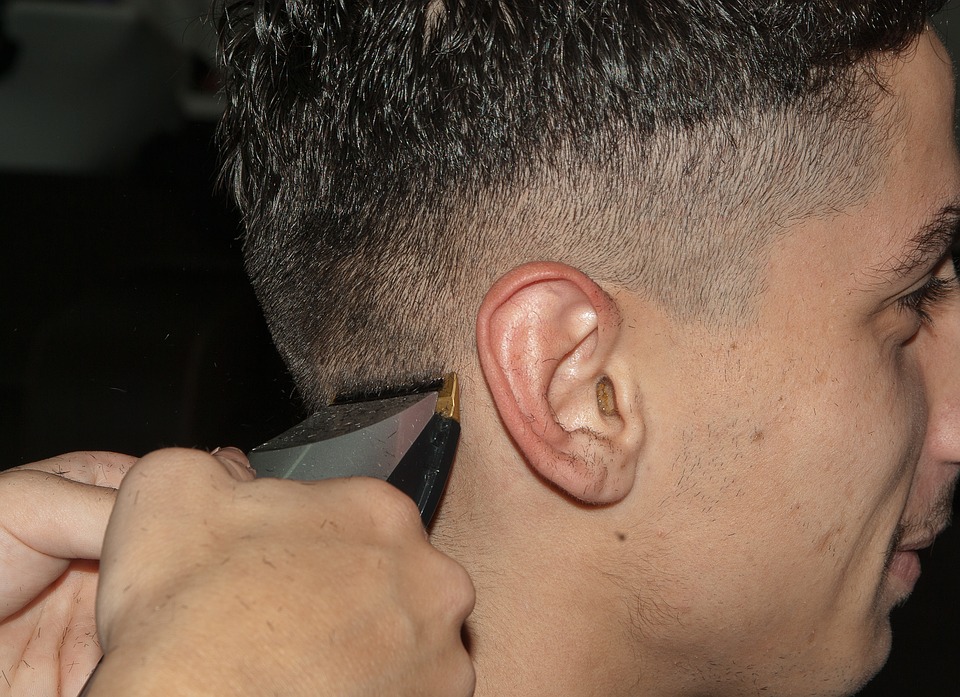
Tapered haircut – image source
- Crew cut – similar to a short back and sides, where the top is cut with scissors to give it more texture and length, while the sides and back are tapered with an electric razor
- Short back and sides – a traditional man’s haircut, a ‘sensible’ haircut with short back and sides and slightly longer on top
- Taper – hair is tapered from longer to shorter as it reaches your neck line
- Fade – similar to a taper but a fade goes down to the skin
Hairdressing vocabulary and meanings:
The follow hairdresser vocabulary is useful for talking about hair styling and hair care:
Wash, cut and blowdry – this is when hair is washed, cut, dried and styled at the salon
Trim – a small amount of hair cut off the ends of the hair to neaten your existing style
Blow dry – hair is dried with a hairdryer
Towel dry – hair is dried with a towel
Dry trim – hair is cut while dry, without washing first (some salons do not offer a dry trim)
Layers – hair cut in different lengths, shorter on the top layers and longer underneath
Razor cut – hair cut with an angled razor to achieve a smooth, soft finish instead of a sharp finish
Thinning – thick hair is thinned down with scissors to make it more manageable
Highlights – hair is lightened in thin streaks all over the head (highlights can be done for the ‘whole head’ or ‘half head’, which lightens just the top layers of hair)
Foils – foils are used for highlights in order to separate the highlighted parts from the rest of the hair
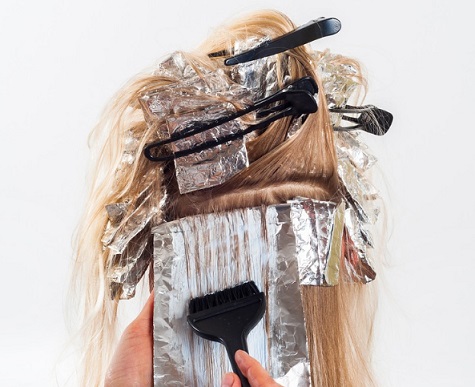
Creating highlights using foils – image source
Highlighting cap – highlights can also be applied using a cap (where the hair is pulled through holes in the cap) but this is less common than foils in modern salons
Balayage – a highlighting technique where dye is painted on directly, without using foils or a cap, to create a graduating colour effect
Perm – a chemical treatment that makes hair curly permanently
Parting – the place on top of your head where the hair parts to the left and right
Relaxed hair – a treatment for very tightly curled hair that ‘relaxes’ the hair and straightens it.
Hair Vocabulary – Hair Styles
There are many different hair styles you can do yourself at home or ask the stylist to create for when at the hairdresser salon. Some popular hair styles include:
Long, short, medium length hair
Straight, curly, wavy, ringlets (ringlets are tight spirals of hair)
Fringe (American: bangs) – hair at the front that comes down over the forehead
Bob – cut around shoulder length or shorter all the way around
Lob – a long bob (a modern word!)
Coloured, dyed, bleached – Dye adds colour to the hair, while bleach removes colourLayered – the top layers of hair shorter than the bottom layers
Choppy – cut in chunks so you can see the layers, not cut smoothly
Side parting / centre parting – parting at the side of the head / parting at the centre of the head
Pixie cut – very short and shaped to frame the face, usually describes a woman’s short hairstyle
Bun – a hair style that is a pulled into round knot behind your head
Cornrows – multiple plaits (American: braids) tied close to the head
To wear (put / tie) your hair up – the act of wearing your hair away from your face, tied or clipped up
An ‘up do’ (any hair style that is pulled up and back off your face – common for formal events, such as weddings)
To wear (let) your hair down (any style that is worn loose and not ‘up’ – ‘to let your hair down‘ is also an idiom that means to relax and have fun)
Plait (American: braid), French plait (a plait that incorporates hair still touching the head), ponytail (a bunch of hair pulled back with a tie/band, also simply called a ‘pony’), bunches (two ponytails, one on each side of the head), pigtails (two plaits, one on each side of the head)
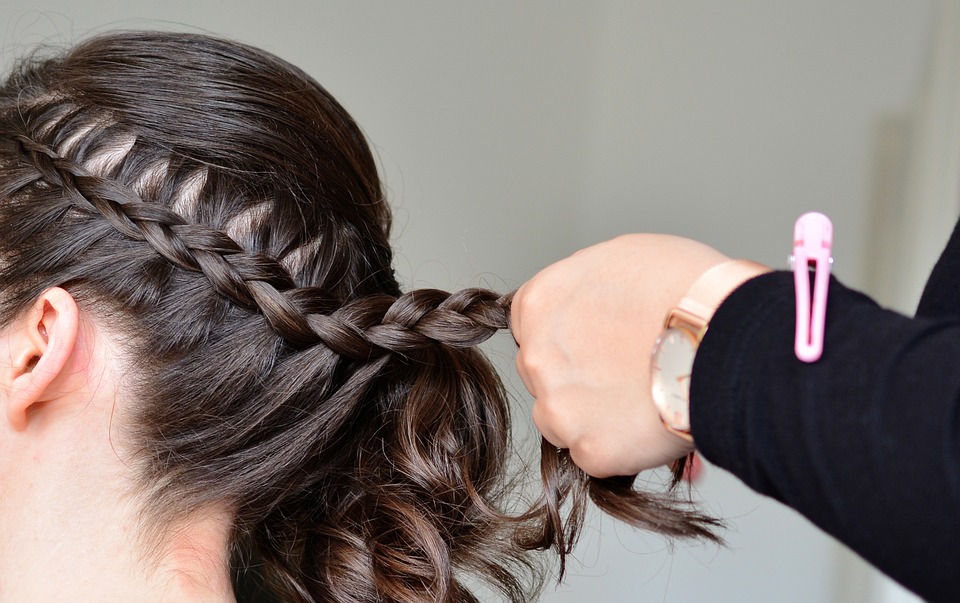
Plaiting hair – a French plait moving into a regular plait – image source
Phrases you may want to use at the hairdresser’s
Can I get a haircut, please?
I’d like a haircut, please
How much do you charge for a wash, cut and blowdry?
Do you offer a dry trim?
Do I need to make an appointment?
Can you see me now? / Can you fit me in now?
I would like a new style / fringe / dry trim / perm /
I’d like it coloured
I’d like some highlights
I’d like it straightened
Just a trim, please
Just an inch off the ends, please
Some hair spray, please
Just a bit of gel
A little wax
How much is that?
Will that cost extra?
Is that complementary? (This is asking if a product is free)
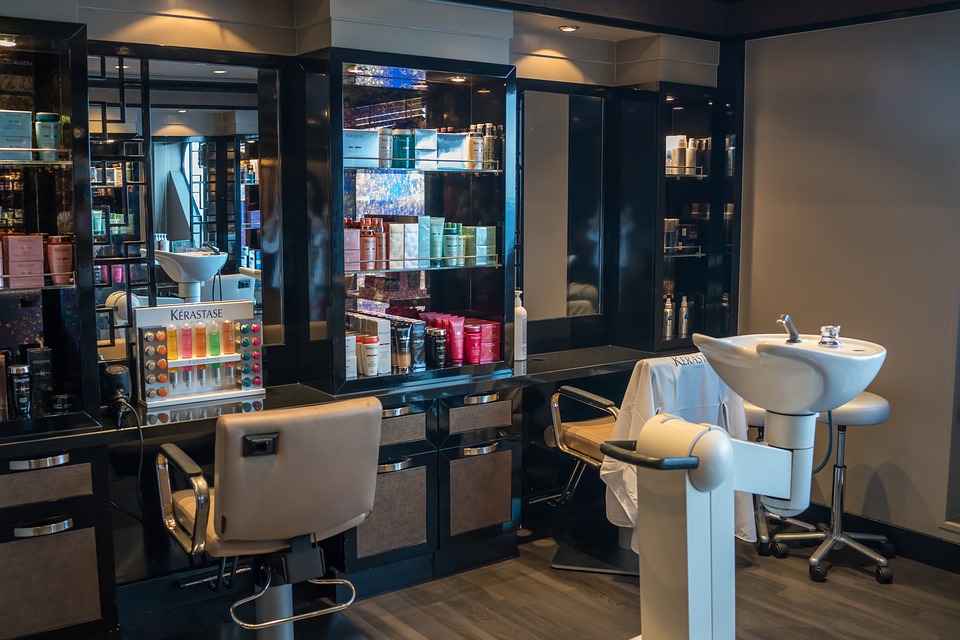
A hair salon with chairs, mirrors and products – image source
Phrases for the barber’s
Could you trim my beard / moustache, please?
I’d like it short at the sides, please
I’d like it longer on top, please
A grade 2, please
Tapered at the back, please
Not too short
Quite short / very short / completely shaven
Phrases you may hear at the hairdressing salon
Would you like to make an appointment?
Who normally does your hair?
Who do you normally see? (This is asking which stylist/hairdresser normally cuts your hair)
We can see you next Wednesday at 2pm
When did you last have your hair cut?
What do you want doing today?
What are you looking for today?
How do you want it cut?
Do you want a wash/shampoo?
Do you want any layers / layering?
Do you want a particular style?
How much do you want off (the ends)?
How much do you want taken off?
How short would you like it?
Where do you part your hair?
Do you have a centre/side parting?
Would you like it blow-dried?
Do you want it styled straight or wavy?
You have some split ends (split ends are hairs that are damaged at the ends)
Would you like anything on it? (asking if you want gel, mousse, hair spray or another finishing product)
General hair vocabulary and phrases to talk about hair
There are many phrases we use to discuss hair, hair styles, growing our hair, cutting our hair, washing, styling and looking after our hair. Here is some general hair vocabulary and hair care phrases that can be useful for conversations about hair:
to be growing your hair – waiting for hair to grow longer
e.g. ‘I’m trying to grow my hair at the moment, so I don’t want to get it cut’
to be losing your hair – going bald (hairless)
e.g. ‘I think I’m losing my hair’ / ‘I don’t want to lose my hair!’ / ‘I don’t care if I lose my hair’
Locks – hair
E.g. S/he has long, lustrous locks – S/he has long, shiny hair
Brushing / combing your hair
Trivia: In the old days, some women would brush their hair 100 strokes per day, as they thought this would strengthen it!
E.g. ‘You should brush your hair gently to avoid damaging it’
E.g. ‘Don’t brush your hair when it’s wet – it’s too fragile’.
Bed head – messy hair, tousled hair (referring to hair after someone has just woken up and climbed out of bed), sometimes a deliberate, fashionable look
Positive words to describe hair: shiny, thick, good condition, strong, lustrous, soft, manageable, smooth, silky
Negative words to describe hair: dry, poor condition, bad condition, split ends, rough, coarse, weak, fragile, unmanageable, tangled, matted
More Essential Hair Vocabulary
Going to the hairdressing salon is a common activity, so this hairdresser vocabulary and hair styling phrases will hopefully come in useful when you need to tidy up your hair in an English-speaking country.
Hair cut vocabulary is also useful when talking about your hair with friends, such as the latest celebrity styles, hair cut idea or discussions about hair care and visiting the hairdresser.
There are many other activities where you will need specialist vocabulary, so we are working on producing more ‘essentials‘ guides to help you navigate you way around daily life in English!
For more useful vocabulary related to beauty, check out our beauty salon vocabulary guide for phrases you might need when visiting the beauty salon, make up counter, tanning studio or nail shop.
You can also read more about using English vocabulary when eating in restaurants, travelling on public transport, visiting the doctor’s, going shopping and other regular activities in our essential English section.
What do you think about hairdressing vocabulary?
Do you feel confident communicating in English at the hairdressing salon or barber’s?
What other hair vocabulary can you think of that would be useful to other readers?
What are your favourite hair styling products?
Are you unsure about any hairdressing vocabulary, styles, products, hairdressing words or phrases?
Have you heard anything else at the hairdresser’s you didn’t understand?
Let us know your thoughts in the comments!
Atttributions
1. Anna Wintour at the Twenty8Twelve fashion show in London, September 22, 2009, Anna_Wintour_&_Alexa_Chung.jpg: LGEPR, Cropped by Daniel Case, 2010-06-10 derivative work: Daniel Case [CC BY 2.0], via Wikimedia Commons
2. Judi Dench at the BAFTAs 2017, Caroline Bonarde Ucci [CC BY 3.0], via Wikimedia Commons

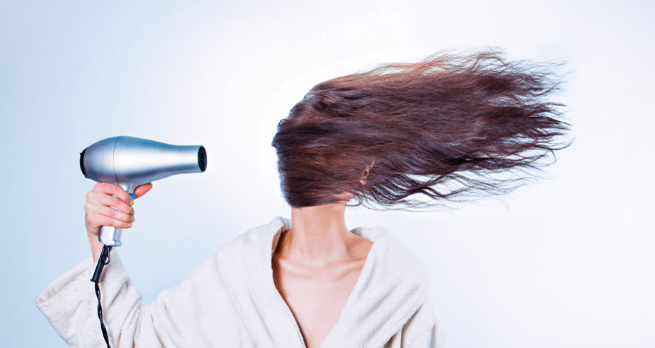
![By Anna_Wintour_&_Alexa_Chung.jpg: LGEPR, Cropped by Daniel Case, 2010-06-10derivative work: Daniel Case (Anna_Wintour_&_Alexa_Chung.jpg) [CC BY 2.0 (https://creativecommons.org/licenses/by/2.0)], via Wikimedia Commons By Anna_Wintour_&_Alexa_Chung.jpg: LGEPR, Cropped by Daniel Case, 2010-06-10derivative work: Daniel Case (Anna_Wintour_&_Alexa_Chung.jpg) [CC BY 2.0 (https://creativecommons.org/licenses/by/2.0)], via Wikimedia Commons](http://www.myenglishlanguage.com/wp-content/uploads/2018/05/anna-wintour.jpg)
